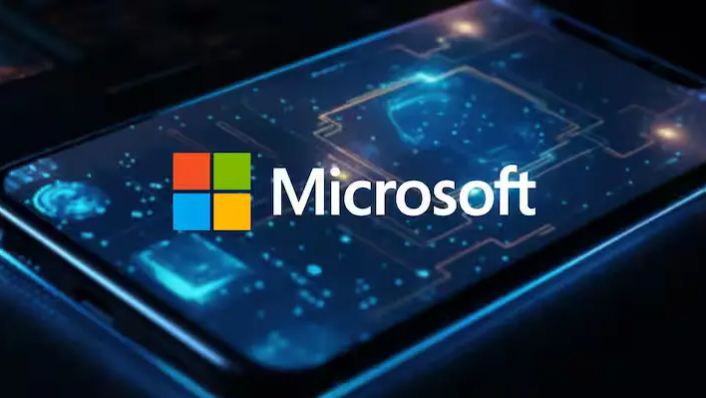Introduction
Microsoft has launched its latest small language model, Phi-4, and it’s already turning heads in the world of artificial intelligence. Despite its compact size, Phi-4 delivers performance that rivals large-scale AI systems such as GPT-3.5 and Mixtral. This breakthrough is a big leap for AI model efficiency, natural language processing, and edge computing. In this article, we explore what makes Phi-4 unique and why it matters.
What Is the Phi-4 AI Model?
Phi-4 is Microsoft’s most advanced version of its Phi series of small language models (SLMs). Designed for high efficiency and performance, Phi-4 offers strong capabilities in:
- Language understanding
- Mathematical reasoning
- Coding tasks
- Common sense reasoning
Despite having far fewer parameters than large language models (LLMs), Phi-4 competes closely with systems like GPT-3.5, Gemini 1.5, and Mistral’s Mixtral, making it ideal for businesses and developers seeking cost-effective AI solutions.
How Does Phi-4 Compete with Larger Models?
Phi-4 has been benchmarked on several standard tasks, including MMLU (Massive Multitask Language Understanding), GSM8K for math word problems, and HumanEval for coding. The results are impressive:
- Comparable performance to GPT-3.5
- Higher efficiency with fewer computational resources
- Faster response times ideal for real-time applications
This makes Phi-4 perfect for on-device AI, low-latency applications, and AI in smartphones, where power and speed are essential.
Key Features of Microsoft Phi-4
- Compact yet Powerful
Phi-4 uses fewer parameters than traditional LLMs, enabling high-speed responses and low memory use while maintaining quality output. - Advanced Training Techniques
Microsoft employed curriculum learning and high-quality filtered datasets to improve reasoning and common-sense skills. - Open Model Accessibility
Microsoft plans to make Phi-4 available for research and enterprise use, helping developers build smarter and faster apps.
Benefits of Using Small Language Models Like Phi-4
- Lower computational costs
- Better performance on edge devices
- More control and easier fine-tuning
- Scalable AI integration for smaller businesses
These benefits make Phi-4 a top contender in the new wave of efficient AI models and lightweight NLP systems.
Real-World Applications of Phi-4
- Chatbots and Virtual Assistants
- Smart devices and IoT
- Customer service automation
- Education and tutoring tools
- Coding assistants
With its lightweight design, Phi-4 is ideal for developers looking to embed AI tools in mobile apps, smart speakers, or robotics.
Conclusion
Microsoft’s Phi-4 AI model is proof that smaller AI models can deliver big results. With performance close to much larger systems, low resource demands, and wide accessibility, Phi-4 is a game-changer in the AI landscape. As the demand for efficient and scalable AI continues to grow, Phi-4 positions Microsoft as a leader in small model innovation.


